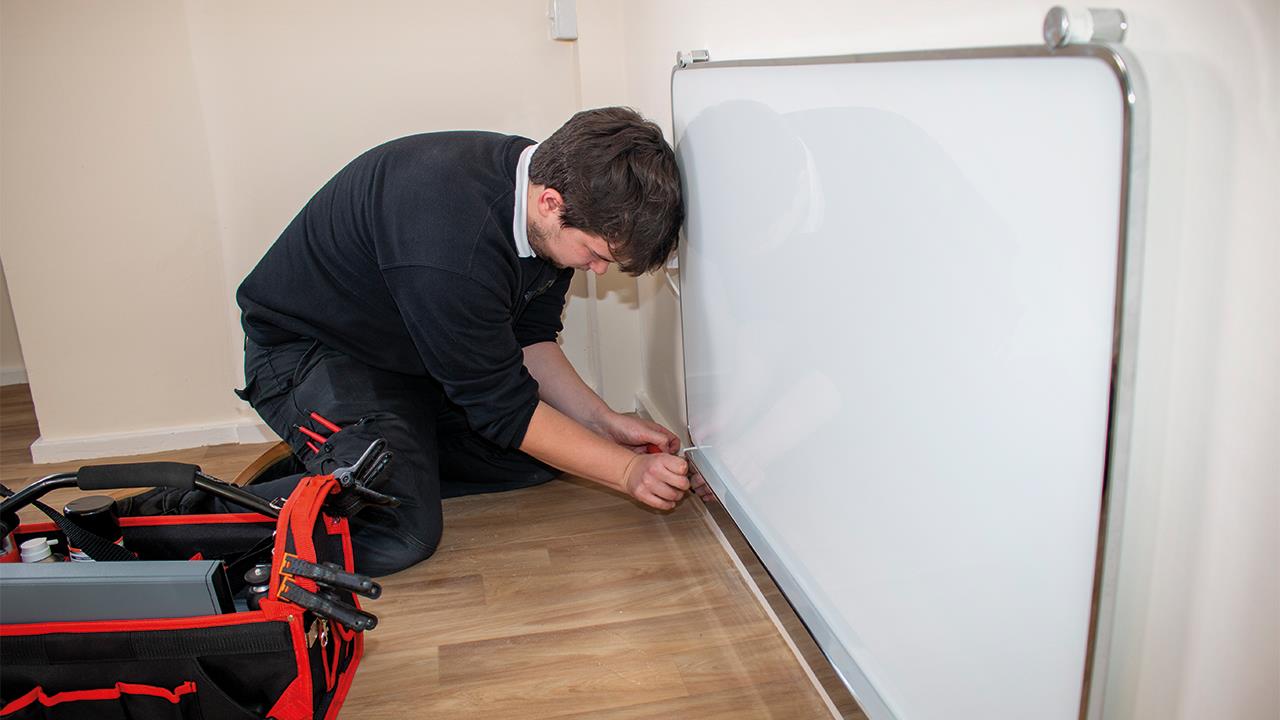

Low carbon heating doesn’t need to be a challenge for off-grid properties, explains Oliver Baker, Chief Executive at Ambion Heating.
The ambition to decarbonise the UK’s housing stock is now a key focus, with the recent Energy White Paper and 10-point plan all outlining targets to make homes as efficient as possible. As we know, changing how homes are heated – specifically switching away from gas-fired boilers to low carbon alternatives – is seen as being a crucial step in achieving the decarbonisation ambition.
However, one of the more challenging areas to address is off-grid properties, where making this switch is not that straightforward.
To date, off-grid properties have largely been limited to inefficient systems such as oil and LPG boilers, coal, or log fireplaces, and electric heaters, which can often leave many homeowners facing increasingly high energy bills. So, what are the low carbon heating options to help off-grid properties make the switch to reduce both carbon and bills?
A quick look at the regulatory landscape highlights the challenge. Landlords, for example, will not be able to grant a lease to a new tenant or extend an existing tenancy if their property does not achieve an Energy Performance Certificate rating of ‘E’ or above, under the Minimum Energy Efficiency Standards regulation.
Therefore, for many off-grid property owners and landlords, bringing their properties up to the required standards may seem daunting.
This is particularly true for owners of older properties that weren’t built with energy efficiency in mind. Many will have already exhausted traditional methods for improving a building’s efficiency, such as adding roof and wall insulation, replacing windows and doors, and replacing their boiler with a more efficient model. These measures are often costly and time consuming, and the impact they have on the property’s overall energy efficiency may not be enough to bring it up to the required standards.
However, as the government’s drive for greater energy efficiency continues, new solutions are emerging that will help off-grid landlords and homeowners to improve the energy efficiency and comfort of their properties, while also making a positive impact on the environment and their own energy bills.
One solution is computer-controlled infrared (CCIR) heating, which can help rural and off-grid homeowners who are looking for a cost-effective way to improve the energy efficiency of their properties.
Traditional systems, such as oil boilers and electric heaters, heat the air within a room, which can escape from doors and windows, meaning they rely heavily on the fabric of the building and its insulation to keep the property warm. CCIR, however, heats the material within a room, rather than the air, which means it is much less reliant on insulation.
By minimising the amount of energy it uses, CCIR also creates 60% less carbon emissions than conventional convection systems, like electric heaters, and is on par with air source heat pumps.
CCIR can also help off-grid property owners to significantly reduce energy bills. The central control panel – which controls all of the panels within a property – enables users to monitor energy usage, as well as preset and change the temperature of each room individually to suit their unique needs.
Those who are working from home, for example, may choose to simply heat the room they are working in and keep all of the other rooms at a lower temperature to keep their heating bills low. And those that need heat all day can also benefit from lower bills, as CCIR operates 24 hours a day.
For installers, one of the benefits of CCIR is that it is very easy to install within any property, even those that are off-grid or listed, as it is simply wired into the mains. If it’s replacing an electric storage radiator, it can even use the existing wiring points.
Ultimately, it’s likely that pressure on off-grid homeowners and landlords to improve the efficiency of their properties will only increase as we move closer to the government’s net-zero 2050 target.
If you'd like to keep up-to-date with the latest developments in the heating and plumbing industry, why not subscribe to our weekly newsletters? Just click the button below and you can ensure all the latest industry news and new product information lands in your inbox every week.